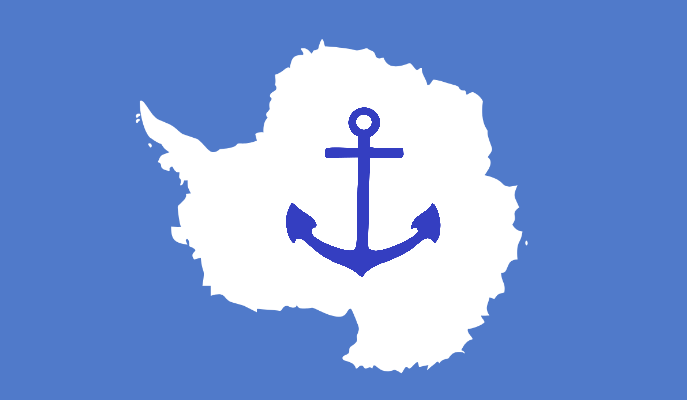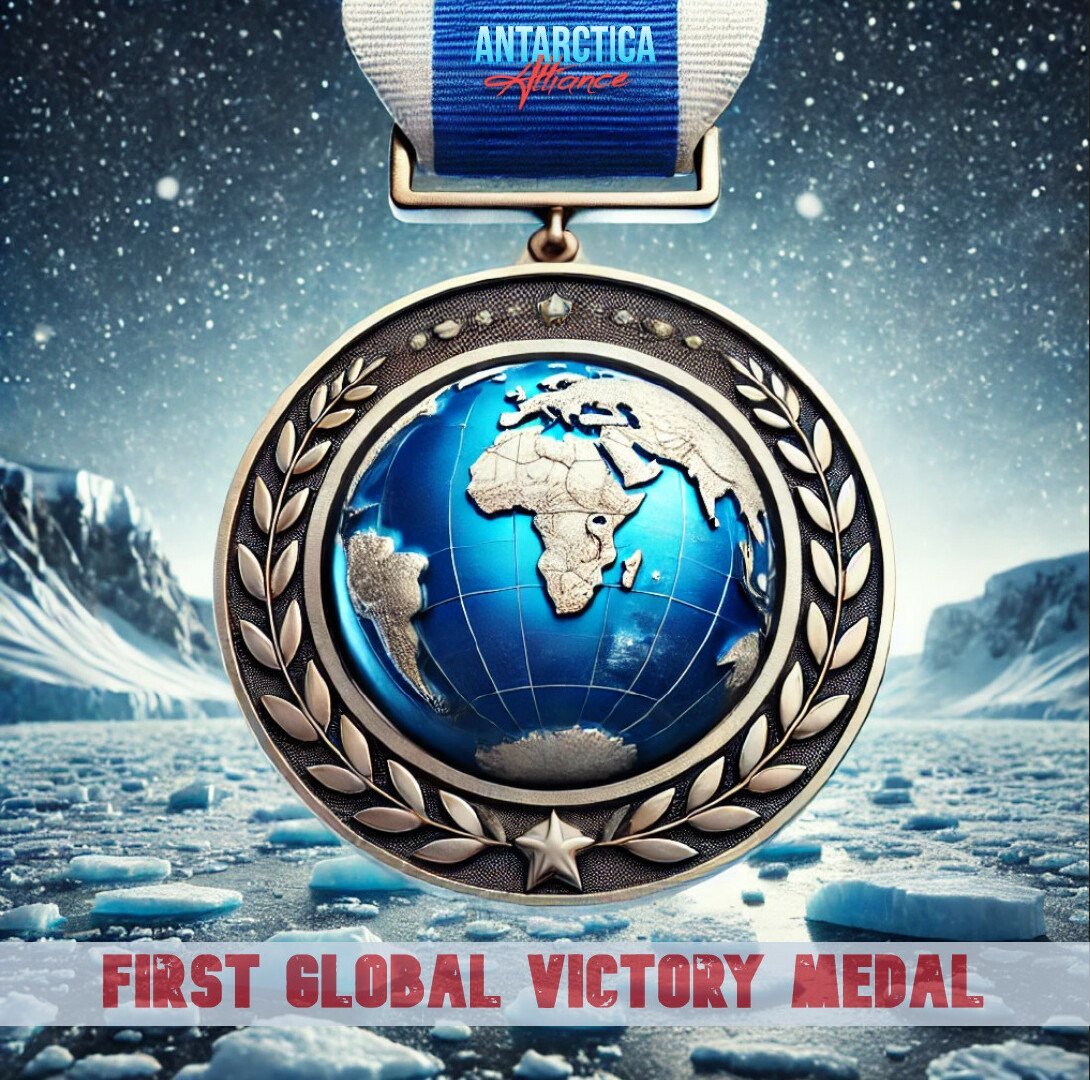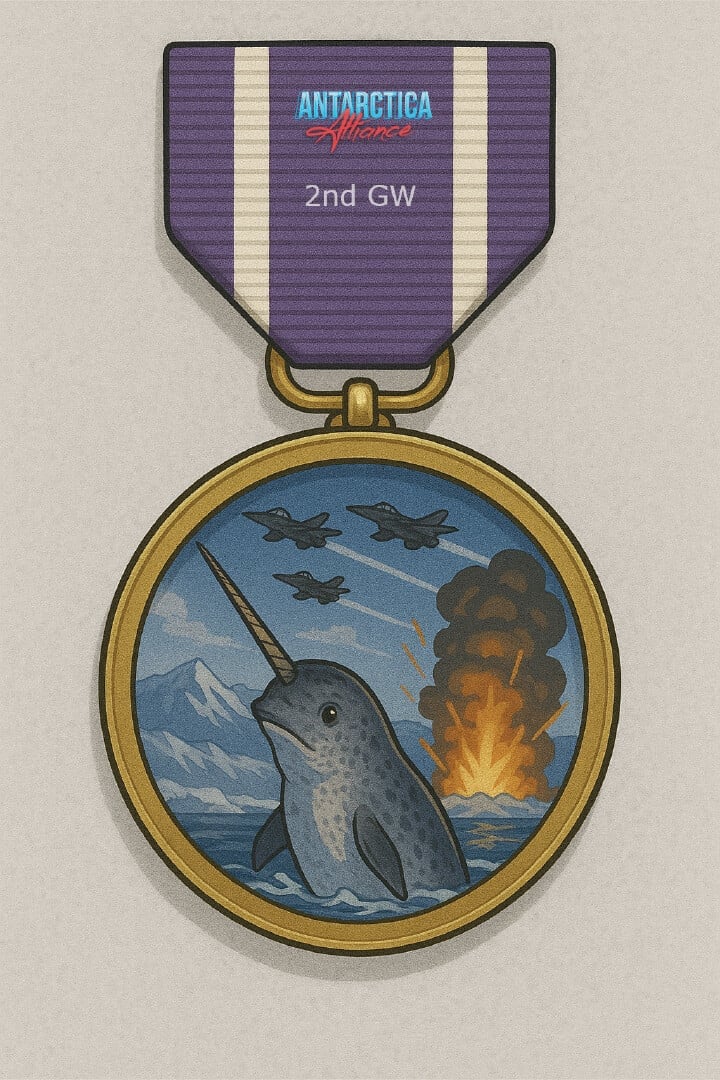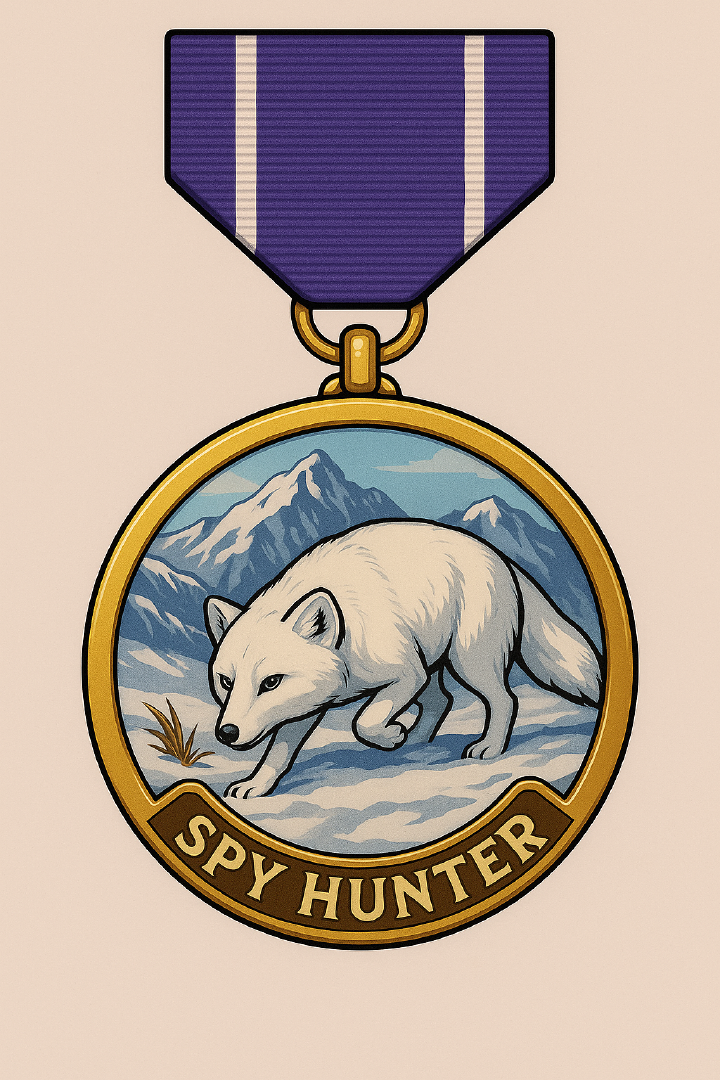| National Factbook |
| Flag: |
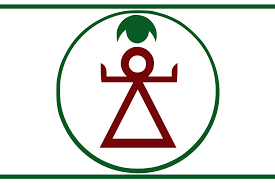
|
| Nation Name: |
Carthage Nova |
| Leader Name: |
DawgLover Barca |
| Currency: |

Punic currency |
| National Animal: |

Sheep |
| History: |
|
| Geography |
| Continent: |
Antarctica |
| Land Area: |
37,908.00 sq. km |
| Terrain: |
Generally, Cartagena is situated on the southeastern coast of Spain, along the Mediterranean Sea. The terrain in this region typically consists of a combination of coastal plains, hills, and mountains. The city itself likely occupies a strategic location with access to both maritime trade routes and inland resources.
The coastal area around Carthage Nova features sandy beaches, rocky cliffs, and natural harbors, providing opportunities for maritime commerce and naval activities. Inland, the terrain includes fertile plains suitable for agriculture, as well as hills and mountains that serve as defensive positions or sources of natural resources such as minerals. |
| Highest Peak: |
Mt. Heaven Trails,
23,223 meters
|
| Lowest Valley: |
Basin Death,
-8,909 meters
|
| Climate: |
The climate in Cartagena, where Carthage Nova is located, is typically Mediterranean, characterized by hot, dry summers and mild, wet winters.
During the summer months, which span from June to September, temperatures in Cartagena can soar, often reaching highs in the 30s to low 40s degrees Celsius (86°F to 104°F). These months are generally very dry, with minimal rainfall and abundant sunshine. The sea breeze from the nearby Mediterranean helps to moderate the extreme heat, making it more tolerable.
In contrast, the winter season, from December to February, brings milder temperatures. Daytime highs typically range from the mid-teens to low 20s degrees Celsius (around 60°F to 70°F), while nighttime lows can dip into the single digits Celsius (40s to 50s°F). Winters are also the wettest time of year in Cartagena, with occasional rainfall and overcast skies.
Spring and autumn serve as transition periods between the extremes of summer and winter. These seasons experience moderate temperatures, with warm days and cool nights. Spring, in particular, can be a pleasant time to visit, as the surrounding landscape comes alive with blooming flowers and greenery. |
| People & Society |
| Population: |
1,811,249 people |
| Demonym: |
Carthaginian |
| Demonym Plural: |
Carthaginians |
| Ethnic Groups: |
Phoenician - 69.9%
Numidians - 15.1%
Iberians - 15.0% |
| Languages: |
Punic - 78.4%
Iberian - 14.5%
Greek - 7.1% |
| Religions: |
Punic Religion - 97.0%
Celtic - 1.9%
Iberian - 1.1% |
| Health |
| Life Expectancy: |
35 years |
| Obesity: |
0% |
| Alcohol Users: |
0% |
| Tobacco Users: |
0% |
| Cannabis Users: |
0% |
| Hard Drug Users: |
0% |
| Economy |
| Description: |
The economy of Carthago Nova revolves around trade, commerce, and maritime activities. As a significant port city located on the southeastern coast of the Iberian Peninsula, Carthago Nova serves as a vital hub for both regional and international trade.
The city's strategic location along Mediterranean trade routes facilitates the exchange of goods such as olive oil, wine, metals, salted fish, and pottery with other Mediterranean civilizations and regions. Carthago Nova's port facilities accommodate a steady flow of ships transporting goods to and from distant lands.
The economy of Carthago Nova is supported by a diverse array of industries, including agriculture, fishing, and craftsmanship. Local farmers produce crops such as grains, fruits, and vegetables in the fertile plains surrounding the city, while fishermen harvest seafood from the nearby Mediterranean waters.
Craftsmen in Carthago Nova are skilled in producing pottery, ceramics, textiles, and metalwork, which are highly valued commodities in both local and international markets. The city's artisans often incorporate intricate designs and patterns inspired by Phoenician and indigenous Iberian traditions into their craftsmanship.
In addition to its role as a center for trade and industry, Carthago Nova is also a thriving urban center with bustling markets, artisan workshops, and administrative buildings. The city's economy is supported by a diverse population of merchants, traders, artisans, laborers, and administrators, all contributing to its prosperity and vitality.
|
| Average Yearly Income: |
$46.18 |
| Gross Domestic Product (GDP): |
$2,169,564,547.00 |
| GDP per Capita: |
$1,197.83 |
| Gross National Income (GNI): |
$1,155,085,570.00 |
| Industries: |
The industries of Carthago Nova encompass a range of sectors that contribute to the city's economy and vitality.
Maritime Trade: Carthago Nova's port facilities are bustling with activity as ships arrive and depart, laden with goods destined for markets near and far. The city serves as a crucial hub for maritime trade, facilitating the exchange of commodities such as olive oil, wine, metals, and pottery with other Mediterranean civilizations.
Agriculture: The fertile plains surrounding Carthago Nova support agricultural activities, with local farmers cultivating crops such as grains, fruits, and vegetables. The city's agricultural products are in demand both locally and for trade with neighboring regions.
Fishing: The Mediterranean Sea provides abundant resources for Carthago Nova's fishing industry. Fishermen venture out from the city's shores to harvest a variety of seafood, including fish, shellfish, and crustaceans, which are sold fresh in local markets or preserved for trade.
Craftsmanship: Carthago Nova is renowned for its skilled artisans who produce pottery, ceramics, textiles, and metalwork of exceptional quality. Drawing inspiration from Phoenician and indigenous Iberian traditions, these craftsmen create intricate designs and patterns that are highly sought after by collectors and traders.
Commerce and Services: The bustling urban center of Carthago Nova is home to a vibrant commercial sector, with markets, shops, and businesses catering to the needs of residents and visitors alike. Merchants, traders, and service providers play a vital role in the city's economy, facilitating transactions and providing essential goods and services. |
| Military |
| History: |
The armed forces of Carthago Nova are a formidable presence, ensuring the security and defense of the city and its interests.
Military Structure: The armed forces of Carthago Nova are organized and disciplined, with a hierarchical structure that includes various branches such as infantry, cavalry, and naval units. Skilled commanders lead these forces, overseeing training, operations, and strategic planning.
Infantry: Carthago Nova maintains a well-trained infantry comprised of soldiers equipped with weapons such as swords, spears, and shields. These infantry units are trained in tactics such as phalanx formations and skirmishing, allowing them to engage in both open-field battles and urban combat.
Cavalry: Mounted warriors form an essential part of Carthago Nova's armed forces, providing mobility and flexibility on the battlefield. Cavalry units are adept at reconnaissance, raiding, and maneuver warfare, exploiting gaps in enemy defenses and conducting swift strikes against vulnerable targets.
Naval Forces: Given Carthago Nova's maritime location, its naval forces are crucial for protecting sea lanes, conducting maritime patrols, and projecting power along coastal regions. The city maintains a fleet of warships, including triremes and quinqueremes, equipped with oars, sails, and weaponry for naval engagements.
Fortifications: Carthago Nova is fortified with defensive structures such as walls, gates, and watchtowers, designed to repel enemy incursions and protect the city from external threats. Garrison troops are stationed at key defensive positions, ready to defend the city in the event of an attack.
Training and Discipline: The armed forces of Carthago Nova prioritize training and discipline, ensuring that soldiers are well-prepared for combat and capable of executing their duties effectively. Regular drills, exercises, and inspections help maintain readiness and morale among the ranks. |
| Soldiers: |
222,000 |
| Tanks: |
17,000 |
| Aircraft: |
1,020 |
| Ships: |
0 |
| Missiles: |
6 |
| Nuclear Weapons: |
0 |
| Last Updated: 05/20/2024 09:43 am |


